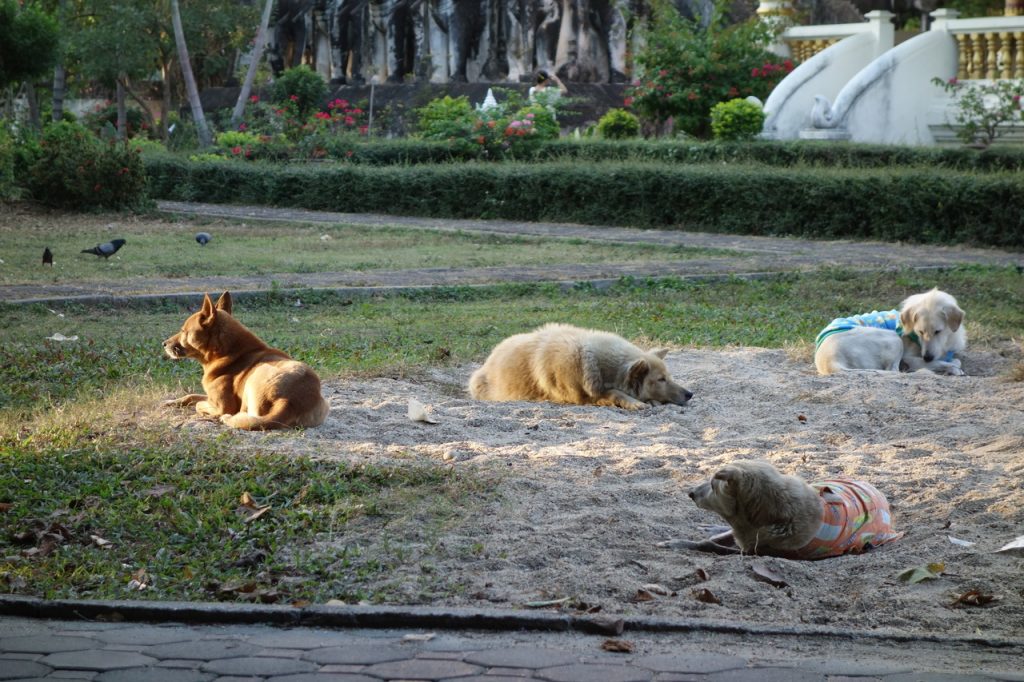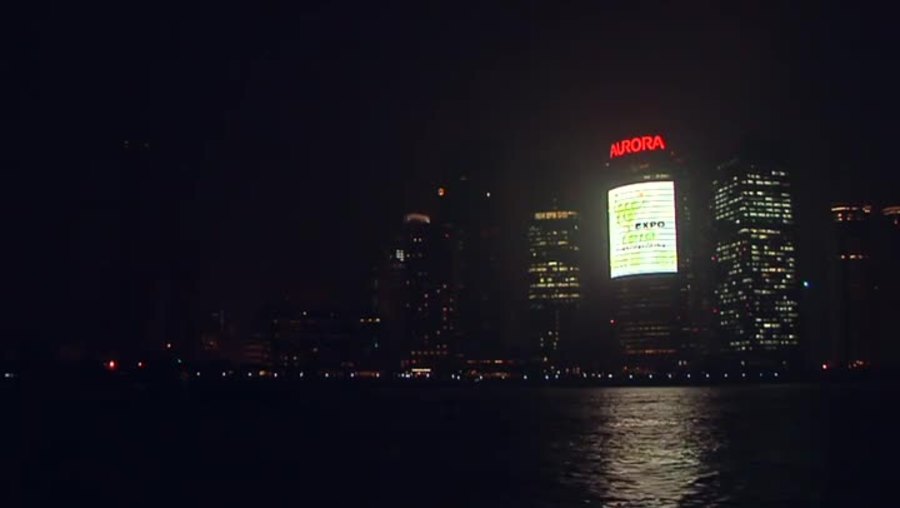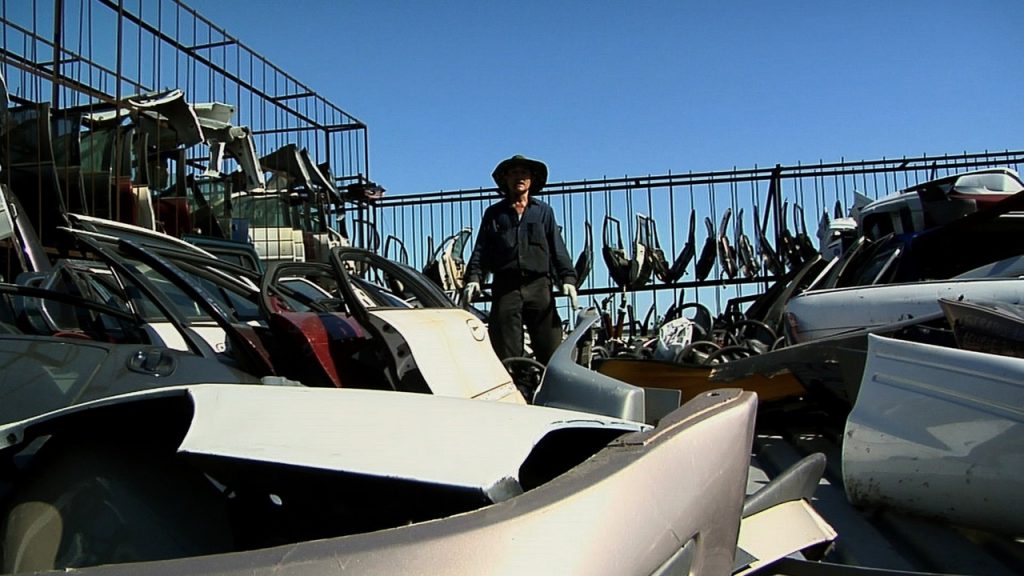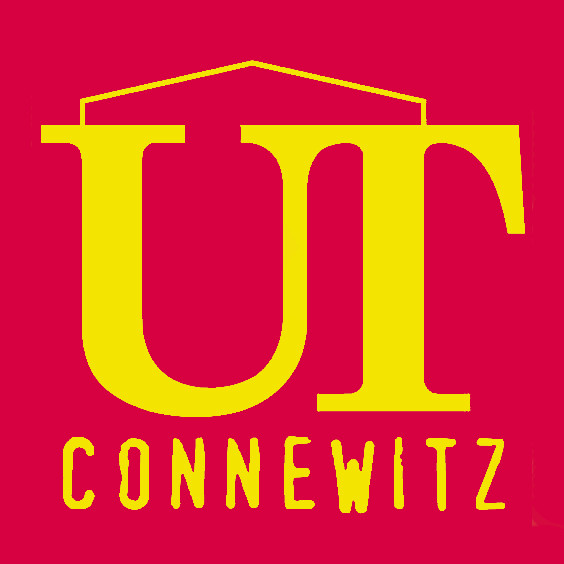Dear friends of GEGENkino, today’s already the last day of our homage to the Harvard Sensory Ethnography Lab. Big thanks to everyone that same and has been involved so far! To close our homage we have this very special feature today at Luru Kino: at 6pm you’ll get the chance to hear two sound works of Ernst Karel. Sonic cinema! (If you need some context, here’s an interesting interview with Karel at Pitchfork.)
At 8pm, we’ll have a screening of the film CANIBA by Véréna Paravel and Lucien Castaing-Taylor that has been screening at documenta 14 last year as “Commensal“ as some of you might remember. There’ll be a discussion about the filmafter the screening as it’s quite hard to chew on. Read more about it below.
| Sun 08 April 2018 Luru Kino | HOMMAGE: Sensory Ethnography Lab |
| 6 PM | Sound Works – Ernst Karel MORNING AND OTHER TIMES USA 2014, R: Ernst Karel, Audio, 30’ SWISS MOUNTAIN TRANSPORT SYSTEMS, RADIO EDIT USA 2011, R: Ernst Karel, Audio, 55’ |
| 8 PM | CANIBA (F 2017) OV w/ English subtitles D: Véréna Paravel & Lucien Castaing-Taylor 90’ |
SOUND WORKS – Ernst Karel
MORNING AND OTHER TIMES
USA 2014, R: Ernst Karel, Audio, 30’
SWISS MOUNTAIN TRANSPORT SYSTEMS, RADIO EDIT
USA 2011, R: Ernst Karel, Audio, 55’
The cinematic cosmos of SEL with its visually sensitive documentary methods, emphasizing haptics and body perception, aims at broaden-ing the possibilities of scientifi c and aesthetic approaches to cultural and ethnographic phe-nomena, enabling new perspectives on the world of objects surrounding us. Unusual ways are also taken, when these visual experiences are exclud-ed. Even on a pure auditory level, the works go other routs: In his distinct sound experiments, Ernst Karel, sound specialist of numerous SEL fi lms, explores multi-layered soundscapes. The results are socially aware and aesthetic entities, ranging from a factual fi xation of the portrayed place’s social character to an artistic composition that stands for itself in an enigmatic way. For MORNING AND OTHER TIMES, Karel col-lected tonal impressions in Chiang Mai, Thailand, over a period of several weeks. A kaleidoscope of natural and urban, animal and human sound-scapes: on the one hand we have dogs barking, roosters crowing, crickets chirruping, and snatch-es of dialogue that remain unintelligible, clatter-ing engine noise and hymn-like chanting on the other. Then, the peculiar poetry of mechanical rhythms: in SWISS MOUNTAIN TRANSPORT SYSTEM, the Swiss alpine landscape forms the background against which cableways and chair-lift rides interlock with the fl eeting environment passing by. Again, the realms of man and nature, technological reproduction and autonomous art-work are intertwined.
CANIBA
F 2017 DOK, R: Véréna Paravel & Lucien Castaing-Taylor, 90’, DCP, OmeU
CANIBA hat das GEGENkino-Team gespalten, sowohl mit der Darstellung des Inhalts als auch mit der Art der Ankündigung solch eines Inhalts – deswegen zwei sich ergänzende Texte und eine Diskussion nach dem Screening.
I
Ein Porträt der Nähe und Unnahbarkeit: Die Kamera fokussiert das Gesicht eines Mannes, tastend registriert sie jede Pore seiner verletzlich anmutenden Haut. Dann verliert sie wieder ihren Fokus, gleitet in Unschärfe ab. Der schemenhafte Hintergrund tritt nach vorn, das Gesicht hingegen zerrinnt zur unbestimmbar diffusen Masse – so wie es, wir werden es im lange währenden Interview erfahren, im Inneren dieses Menschen seine Entsprechung findet. Seine dumpfen Gedanken sind dominiert von Körperlichkeit und der Sehnsucht nach dieser. Auf eine Weise allerdings, die ihn von der Gesellschaft ausschließen muss. Issei Sagawa beging in den 1980er-Jahren in Paris einen Mord an einer Kommilitonin, die er anschließend, seinen kannibalistischen Sexualtrieb erstmals in die Tat umsetzend, in Teilen aß. Später wurde er in sein Heimatland Japan überstellt, wo seither sein Bruder mit ihm abseits der Außenwelt ein kärgliches Haus bewohnt. Jun Sagawa, bei dem ebenfalls körperliche Gewalt mit Lustgewinn einhergeht, scheint die einzige Person zu sein, die ihm zuhört und im Alltag unterstützt. Doch wechselt das Geschwisterverhältnis ständig zwischen Fürsorge und Abgestoßensein, zwischen Empathie und Nicht-Begreifen-Können. CANIBA reflektiert diese Diskrepanz: Wie kann man sich überhaupt der Psyche und ihrer Untiefen filmisch nähern?
II
In CANIBA porträtieren Véréna Paravel & Lucien Castaing-Taylor den zeitweise zur Kultfigur avancierten Mörder und Kannibalen Issei Sagawa und seinen Bruder Jun. Während sie sprechen, schleicht über weite Teile des Films die Kamera in extremen Close-Ups und mit wechselnder Schärfe die Gesichter und Körper der beiden entlang. Dabei enthält sich der Film einer moralisierenden Position und eröffnet dadurch einen schwer auszuhaltenden Raum der Ambivalenz, in dem die Brüder ihre misogynen Fantasien und (auto)aggressiven Fetische mitunter zelebrieren können. Das Regie-Duo vollzieht ein sinnlich-immersives Beschreiten der Ränder menschlicher Abgründe und keine Analyse der problematischen Verschränkung von gesellschaftlicher Faszination, Personenkult und medialer Vermarktung. Die Einflechtung von Werken der Pop- und Un-derground-Kultur – ein pornografisches Fragment mit Teilen eines Re-Enactments, ein verstörend-expliziter Comic Sagawas, der Song „La Folie“ der New-Wave-Band The Stranglers – dient hier dem Versuch einer alternativen, betont atmosphärischen Annäherung. Nach etlichen Skandalen, reißerischen Reportagen und makabren Kochshow-Auftritten rund um den „Celebrity Kannibalen“, interessiert sich CANIBA vielmehr für Formen von Begreifen und Grenzen von Bildwerdung. Ein kontroverses Stück Film, dessen Blick nicht didaktische, sondern suggestive Qualitäten hat.
We’ll continue our homage to the Sensory Ethnography Lab
Today at Luru Kino. Thanks to all y’all who came around yesterday and thanks to UT Connewitz and Prof. Dr. Ursula Rao. Today we’ll have Simon Rothöhler of Germany’s unbeatenly best film magazine Cargo as a guest to give a lecture on the SEL and introduce the first two films showing today: FOREIGN PARTS and SINGLE STREAM. Rothöhler also contributed a text to our special SEL booklet which you can find here: GEGENkino 2018 SEL booklet—or tonight at Luru Kino. Here’s the schedule and further information:
| Sat 07 April 2018 Luru Kino | HOMMAGE: Sensory Ethnography Lab |
| 8 PM | Foreign Parts + Single Stream FOREIGN PARTS (USA/F 2010) D: Véréna Paravel & J.P. Sniadecki 80’ & SINGLE STREAM (USA 2014) D: Pawel Wojtasik, Toby Kim Lee & Ernst Karel 23’ |
| 10 PM | J.P. Sniadecki | FOCUS ON CHINA SONGHUA (USA/CHN 2007, DOK, R: J.P. Sniadecki, 28’, DCP, OmeU) YUMEN (USA/CHN 2013, DOK, R: Xu Ruotao, J.P. Sniadecki, Huang Xiang, 65’, DCP, OmeU THE YELLOW BANK (USA/CHN 2010, DOK, R: J.P. Sniadecki, 27’, DCP, OmeU, OV w/ English subtitles |
Lecture by Jun.-Prof. Dr. Simon Rothöhler
FOREIGN PARTS / SINGLE STREAM
FOREIGN PARTS
USA/F 2010 DOK, R: Vèrèna Paravel & J.P. Sniadecki, 80’, DCP, OmeU
A junkyard and spares trade point in Queens, NYC: a vivid microcosm of a predominantly migrant and precarious metropolitan culture. Snatches of dialogue, personal as well as busi-ness, barbecues, Puerto Rican singing, social hardship, alcoholism and interpersonal solidarity. Vèrèna Paravel and J.P. Sniadecki who were about to shoot experimental masterpieces in the framework of SEL respectively, LEVIATHAN (2012) and YUMEN (2013), go along the old ways of cinéma vérité in FOREIGN PARTS. The camera is hardly after aesthetic composition but direct-ly follows the protagonists that are loosely por-trayed: when begging, getting spares or dancing at the garage now and then. The industrial zone “Willets Point” is under threat of demolition, and with it the existence of about 250 shops and more than 2000 jobs. Residential units, a convention center and the like are to supplant it according to ideas of the local municipality. A socio-politically charged fi lm that never forces a certain stance: it only illustrates.
SINGLE STREAM
USA 2014 DOK, Paweł Wojtasik, Toby Kim Lee & Ernst Karel, 23’, DCP, OmeU
SINGLE STREAM hovers stronger between the depiction of a specifi c everyday work life and a formally abstract aesthetic study: a waste separa-tion and recycling plant gives rise to an aesthetic confi guration of the ugly phenomena. Colours, forms and material surfaces ghostly cross cin-emascope shots, the sound effects are equally haunting and appalling.
J.P. Sniadecki | FOCUS ON CHINA
SONGHUA
USA/CHN 2007 DOK, D: J.P. Sniadecki, 28’, DCP, OmeU
YUMEN
USA/CHN 2013 DOK D: Xu Ruotao, J.P. Sniadecki, Huang Xiang, 65’, DCP, OmeU
THE YELLOW BANK
USA/CHN 2010 DOK, D: J.P. Sniadecki, 27’, DCP, OmeU
With its focus on the interrelationship of man and nature, concretely the meaning of the river Son-ghua for the approximately four million inhab-itants of Harbin, SONGHUA most likely stands in the tradition of ethnographical documentary. Loosely and ephemerally, tourism, leisure activ-ities, rendezvous and trivial daily tasks, but also the severe water contamination, are registered. A river is also the central focus of THE YELLOW BANK. The static camera is stationed on a ferry and registers the impressive skyline of Shanghai while slowly shipping along on a rainy morning. Subject and its formal composition are conceiva-bly straightforward. But then, something extraor-dinary happens: gradually, a natural phenom-enon shades the metropolitan scenario until it reaches complete darkness.While nature was controlling the proceedings for a short amount of time in THE YELLOW BANK, in YUMEN however, it is about nature’s exploitation. Yumen, a once vivid industrial city, is located in the Northwest of China. In the past, it used to be an important oil production spot, nowadays it is an abandoned and ruinous ghost town. The narrowly framed 16mm images which exhibit their fragile materiality and impermanence themselves, equal-ly capture the shabby interior of previous factories and representative buildings as well as individual people moving ghostly through these.












